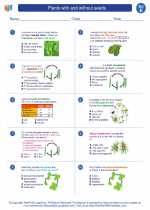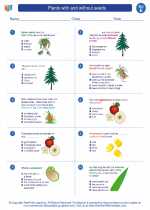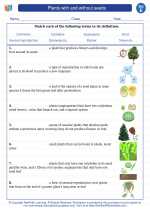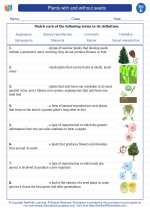Polar Regions
The polar regions are the areas around the North and South poles of the Earth. These regions are characterized by extremely cold temperatures and are covered in ice and snow for much of the year.
Climate
The climate in the polar regions is extremely cold, with temperatures often dropping well below freezing. In the Arctic, the average winter temperature is around -30°C (-22°F), while in Antarctica, temperatures can drop as low as -60°C (-76°F). The polar regions also experience long periods of darkness in winter and long periods of daylight in summer.
Wildlife
Despite the harsh conditions, the polar regions are home to a variety of wildlife. In the Arctic, animals such as polar bears, Arctic foxes, and reindeer are commonly found, while in Antarctica, animals like penguins, seals, and whales thrive in the cold waters.
Impact of Climate Change
Climate change is having a significant impact on the polar regions. Rising temperatures are causing the ice to melt at an alarming rate, leading to loss of habitat for polar animals and contributing to rising sea levels globally. It is important to study and understand the polar regions to better protect these unique ecosystems.
Study Guide
- What are the polar regions?
- Describe the climate in the polar regions.
- What kind of wildlife is found in the polar regions?
- How is climate change impacting the polar regions?
- Why is it important to study and understand the polar regions?
◂Science Worksheets and Study Guides Fifth Grade. Plants with and without seeds

 Worksheet/Answer key
Worksheet/Answer key
 Worksheet/Answer key
Worksheet/Answer key
 Worksheet/Answer key
Worksheet/Answer key
 Vocabulary/Answer key
Vocabulary/Answer key
 Vocabulary/Answer key
Vocabulary/Answer key
